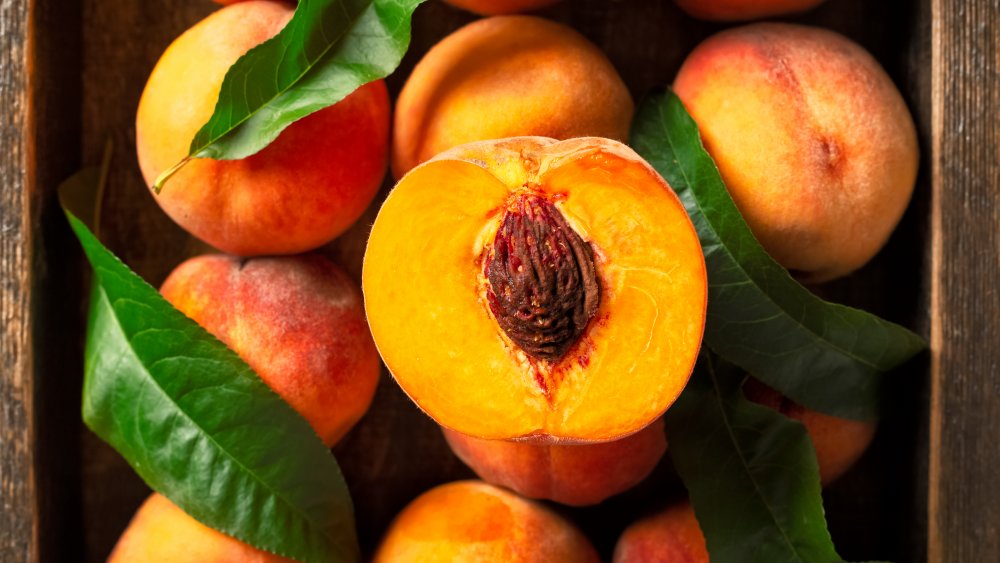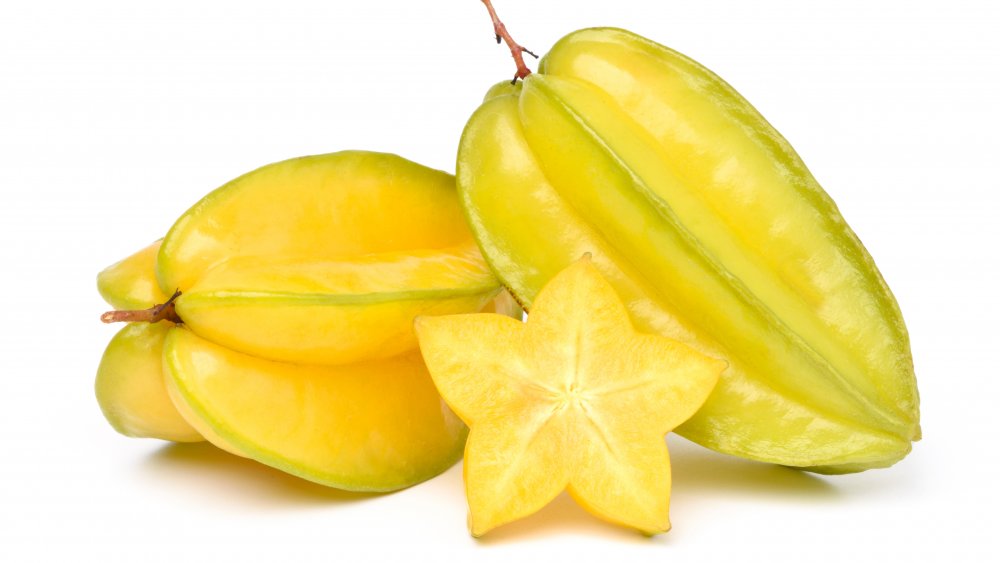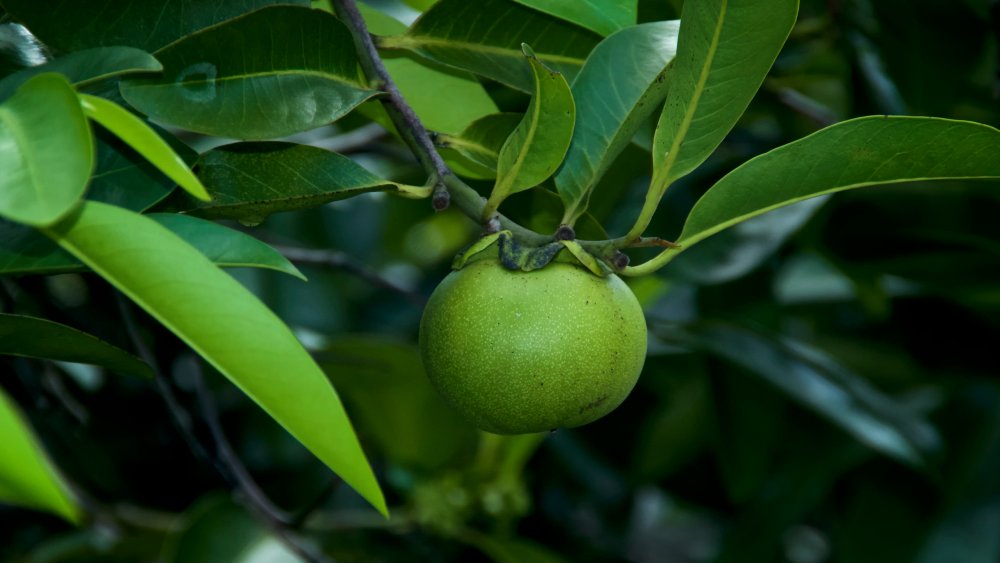The Truth About The Most Dangerous Fruit In The World
Exercise. Eat more fruits. Eat more vegetables. Yes, potatoes count, but no, French fries don't. (Neither does ketchup.) We'll leave the whole grains discussion for another time. Right now, let's think about Vitamin C, and fiber, and organic, and not dying as a result, okay?
Like a lot of things, there are fruits out there that are nifty fun and delicious and good for you, and then there are fruits that are good for you in moderation, and then there are fruits that, well, part of them are okay, but not the entirety of them, and then there's those fruits that are basically Mother Nature's booby-trap to cull the herd. (No doubt she has our best interests at heart.) Sometimes it's the pulp of the fruit that's problematic; sometimes it's the seed, or pit, that will cause distress (or worse). Sometimes it's the plant bearing the fruit. Honestly, there are so many ways this can go wrong. So let's be healthy, let's be happy, and let's be careful what we put in our mouths.
Be careful about hitching your wagon to this star
It's important to remember that, not unlike human beings, just because something looks good, it doesn't mean it won't try to kill you. Case in point: the star fruit, according to World Atlas. You're probably saying, "Hey! Wait a minute! I see those all the time in my grocery store!" And so you should. (Both see them and say that.) The star fruit is packed with Vitamin C, loaded with dietary fiber, and relatively low in calories. The taste is a combination of tart and sweet. But if you're having trouble with your kidneys (and we don't judge), stay away, because these little beauties also contain high levels of oxalates, which in turn are really helpful, says the National Kidney Foundation, if you want to grow kidney stones. (You don't.)
The so-called stone fruits — cherries, apricots, peaches, plums — have issues of their own. Come to find out it's not the fruit that's problematic, but the pits — the stones — themselves. Spit out those pits, because inside they contain hydrogen cyanide, says Insider. The amount contained in a cherry pit is pretty insignificant. Nevertheless....
Famous last words: "Doesn't that look tasty?"
That's all pretty, you should pardon the expression, garden-variety. If you find yourself somewhere more tropic — specifically, the Caribbean, or the Florida coast — please stay away from the Manchineel tree and its produce. The Guinness Book of World Records labels it the world's most dangerous tree. The fruit kind of looks like crabapples – conquistadors who discovered them quickly named them "little apples of death," from the way even one bite causes blistering, severe pain, and even death. The tree itself is not your friend: "pretty much every part of it can seriously mess you up." The sap will cause blisters; smoke from the burning tree will cause blindness; even rain, dripping off the tree, will cause skin blisters (and worse, if it gets in the eyes).
Speaking of the Caribbean, be careful when you dip into dishes prepared with the ackee fruit. It's one of those things that has sort of a window of safety: when it's red, it's ripe, but if it's yellow it's loaded with a substance called hypoglycin A, causing vomiting, hypoglycemia, and even death. On other hand, the seeds are always poisonous. Which helps explain why it's been banned from import to the United States.


